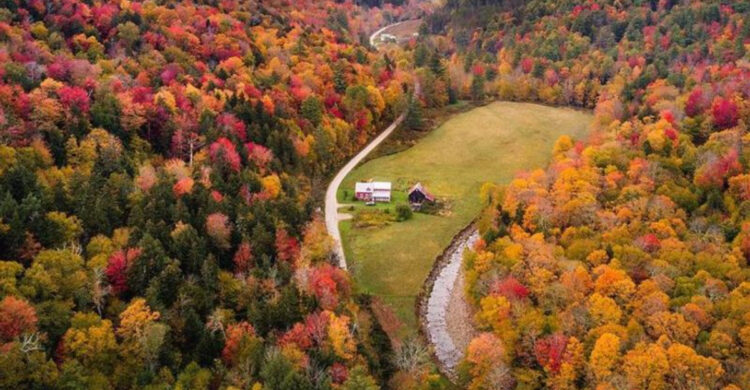
When society is on the brink and chaos looms, having a safe haven is invaluable. While cities offer convenience, they can quickly become hazardous in times of crisis. The need for self-reliance, stealth, and sustenance becomes paramount.
Across the United States, some regions stand out as ideal retreats, offering isolation, resources, and community resilience. From the rugged mountains to the secluded forests, these locations promise not just survival, but a chance to thrive.
Whether it’s the independent spirit of Northern Idaho or the fertile lands of the Ozarks, each place provides unique advantages. Here are the top eight spots to consider when escaping societal collapse.
1. The Ozarks (Arkansas & Southern Missouri)
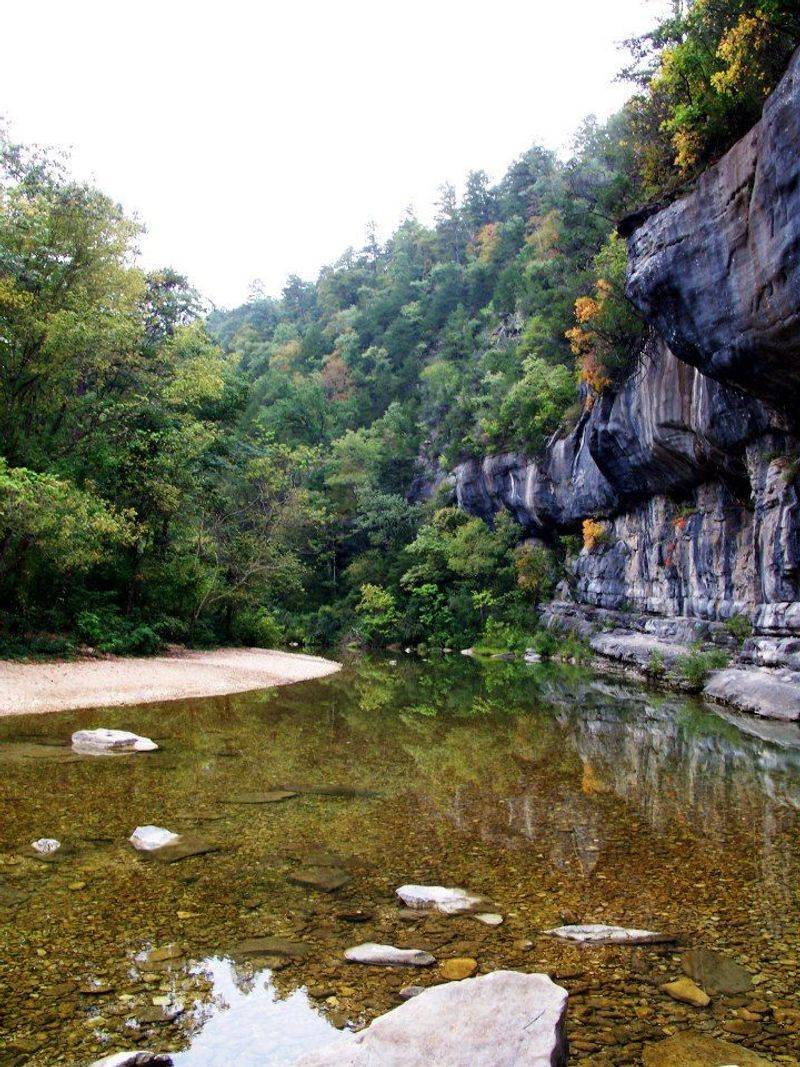
The Ozarks captivate with their rugged beauty and resources. Imagine a place where nature provides all essentials. Here, fresh water is abundant, thanks to numerous lakes and rivers. Fertile land supports both wildlife and agriculture.
Local communities thrive on self-reliance. Many residents already live off-grid, practicing hunting and farming. Their survivalist culture is deeply ingrained. This makes the Ozarks not just a scenic retreat, but a practical haven.
The spirit of independence here is infectious. It’s no wonder many see it as a top choice for enduring tough times. Whether you’re fishing in a quiet stream or harvesting from a personal garden, life finds a way.
2. Northern Idaho (Panhandle Region)
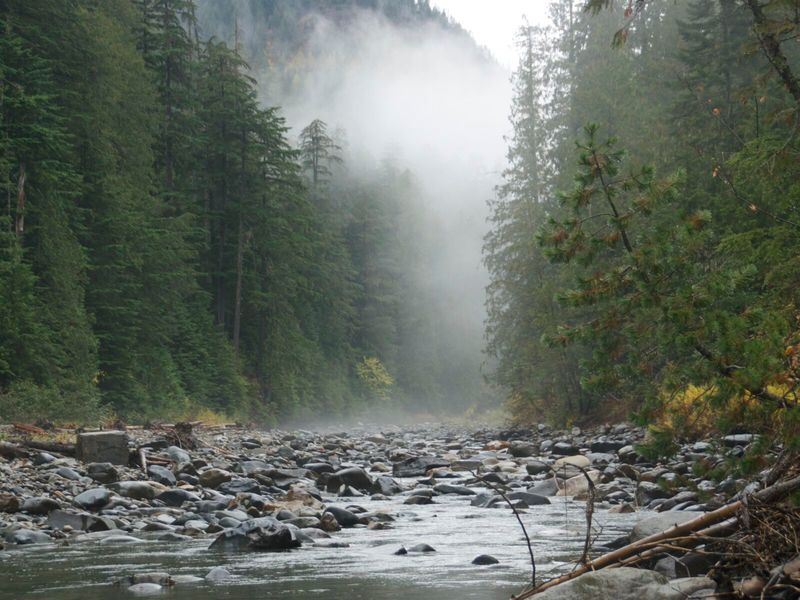
In Northern Idaho, isolation is an art form. The dense forests and clean lakes create a natural fortress. Here, wild beauty meets libertarian values, making it a haven for preppers.
The community values independence, with strong gun rights and self-sufficiency. Far from urban sprawl, peace and quiet prevail. Such seclusion is a treasure in tumultuous times.
For those who cherish serenity and resilience, Northern Idaho offers both. The landscape, while challenging, provides everything needed for a sustainable life. It’s where solitude becomes strength, and nature is a reliable ally, offering sanctuary from societal chaos.
3. Western North Carolina (Appalachian Foothills)
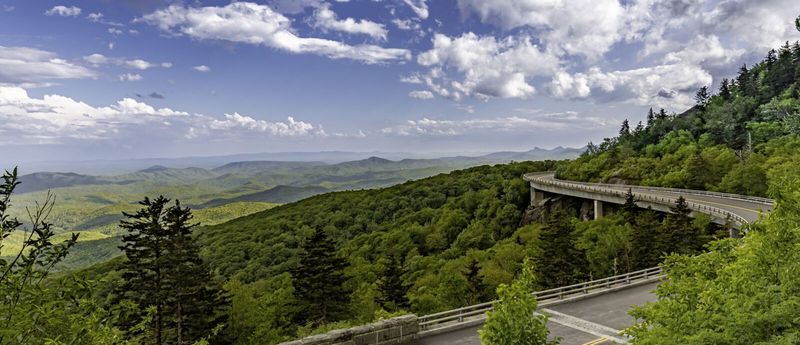
Western North Carolina enchants with its rolling hills and cultural richness. The Appalachian Foothills are not just scenic; they are a testament to survival wisdom.
This region thrives on its temperate climate and year-round water sources. Farming and barter-based economies flourish, supported by a tight-knit community.
Amidst the beauty of the Appalachians, self-sufficiency is a way of life. It’s not just about surviving; it’s about thriving in harmony with nature. In these foothills, the past whispers lessons of resilience while the future promises security.
4. The Upper Peninsula of Michigan (U.P.)

In the Upper Peninsula of Michigan, winter’s harshness is a protective ally. Surrounded by the Great Lakes, this remote area offers unparalleled resources.
Forests provide shelter and fuel, while wildlife ensures food security. The small population fosters a sense of community and mutual aid.
Though winters are challenging, they deter unwanted visitors. Living here means embracing the cold and finding warmth in the resilience it demands. The U.P. is not just a place to survive; it’s a place to flourish, where nature’s challenges become part of the adventure.
5. Central Utah (Wasatch Back or Sevier Valley)
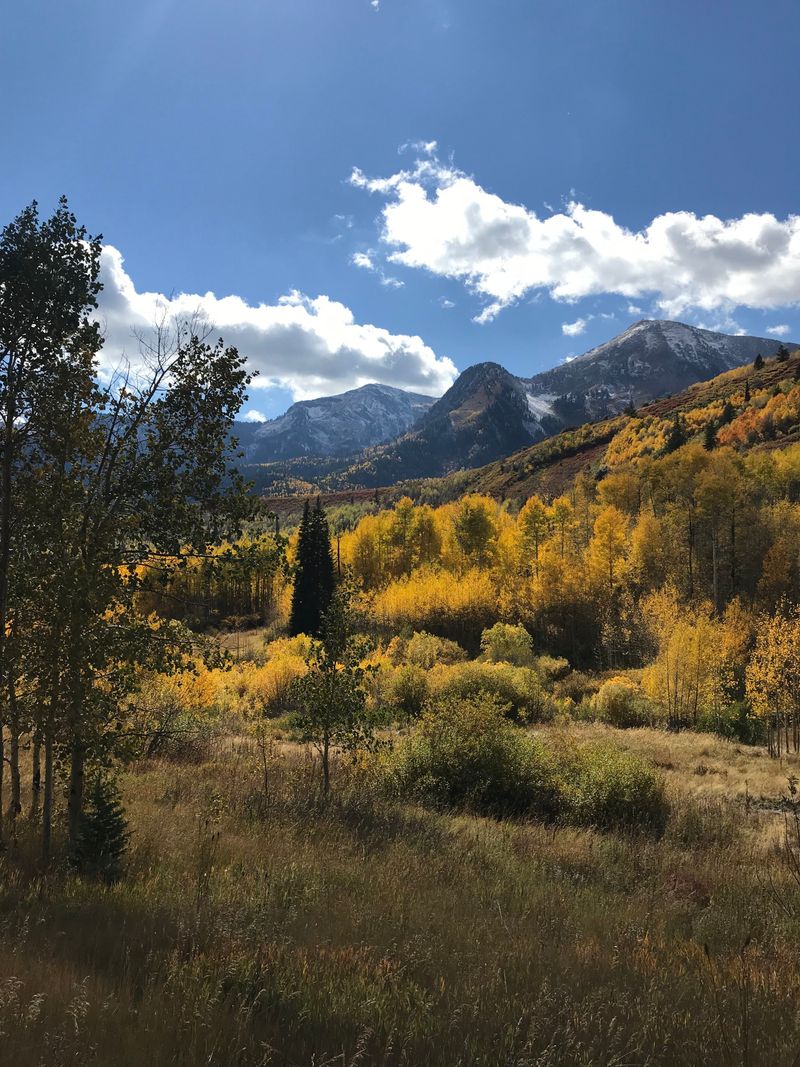
Central Utah is a sanctuary of self-reliance. Its landscapes, though arid, are rich in resources. Rivers and aquifers ensure water is always near.
The area’s Mormon communities are well-prepared, with food storage and mutual aid networks. This sense of readiness permeates the culture, creating a supportive environment.
High elevation offers natural defense and breathtaking views. The dry climate aids in food preservation. Here, tranquility and preparation go hand-in-hand. For those seeking a place to endure societal shifts, Central Utah offers peace of mind and community resilience.
6. The Inland Pacific Northwest (Eastern Washington & Oregon)
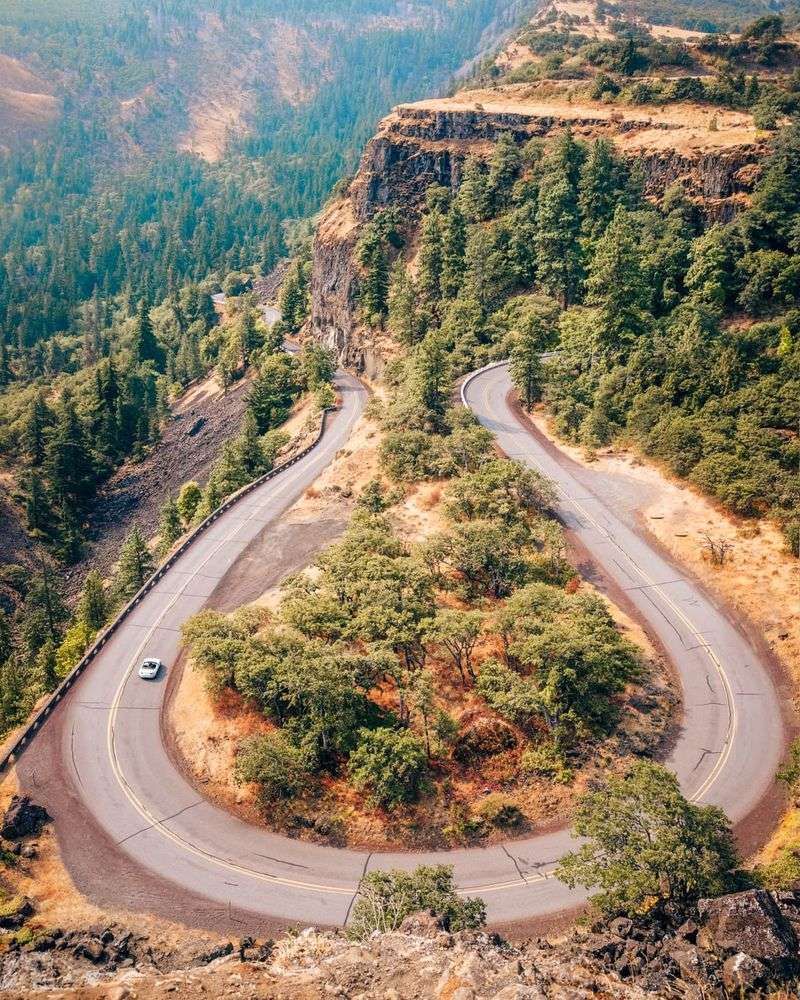
The Inland Pacific Northwest is a blend of isolation and productivity. Eastern Washington and Oregon offer fertile lands and a distinct identity from their urban counterparts.
Rivers and rich soil support agriculture, while strong local communities ensure sustainability. This region values independence and resourcefulness.
Here, the land speaks of abundance and a slower pace of life. It’s a place where the rhythm of nature guides daily living. For those seeking balance between solitude and community, this area offers both security and serenity.
7. Alaska (Kenai Peninsula or Interior)
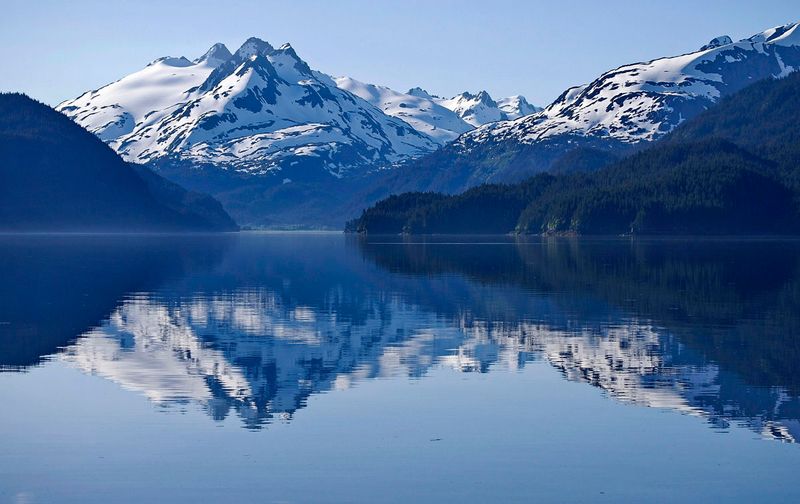
Alaska’s untamed wilderness is the ultimate refuge. If the cold doesn’t faze you, its vast space promises unparalleled freedom.
Hunting and fishing are not just pastimes; they’re lifelines. Clean water and abundant wildlife create a self-sustaining environment.
The remoteness of Alaska is both a challenge and a protective barrier. Homesteaders here understand true independence. It’s a land where nature’s grandeur meets human resilience, offering a haven far from the chaos of civilization.
8. Vermont (Northeast Kingdom or Green Mountains)
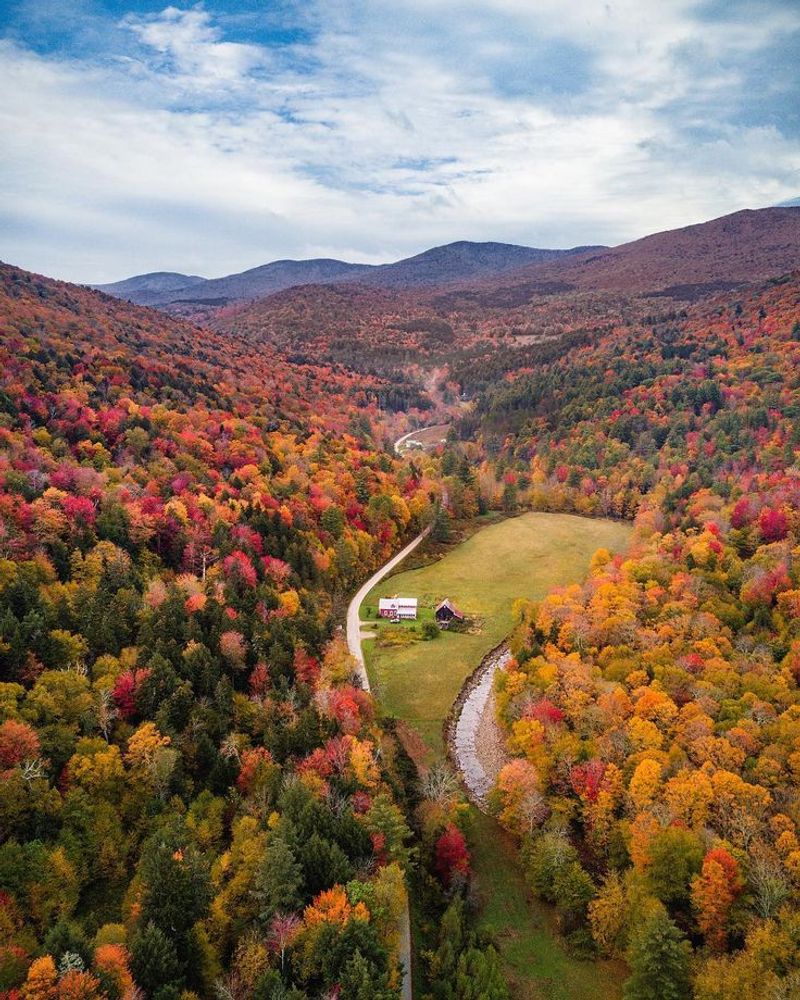
Vermont is a bastion of progressive self-sufficiency. In the Green Mountains, farming is as natural as breathing.
With abundant water and tight-knit communities, Vermont stands ready for any challenge. It’s one of the most food-secure states, buffered by natural defenses.
Here, the landscape is both beautiful and bountiful. The spirit of cooperation and resilience defines Vermont. For those seeking a harmonious balance with nature, Vermont is more than a refuge—it’s a way of life.

Comments
Loading…